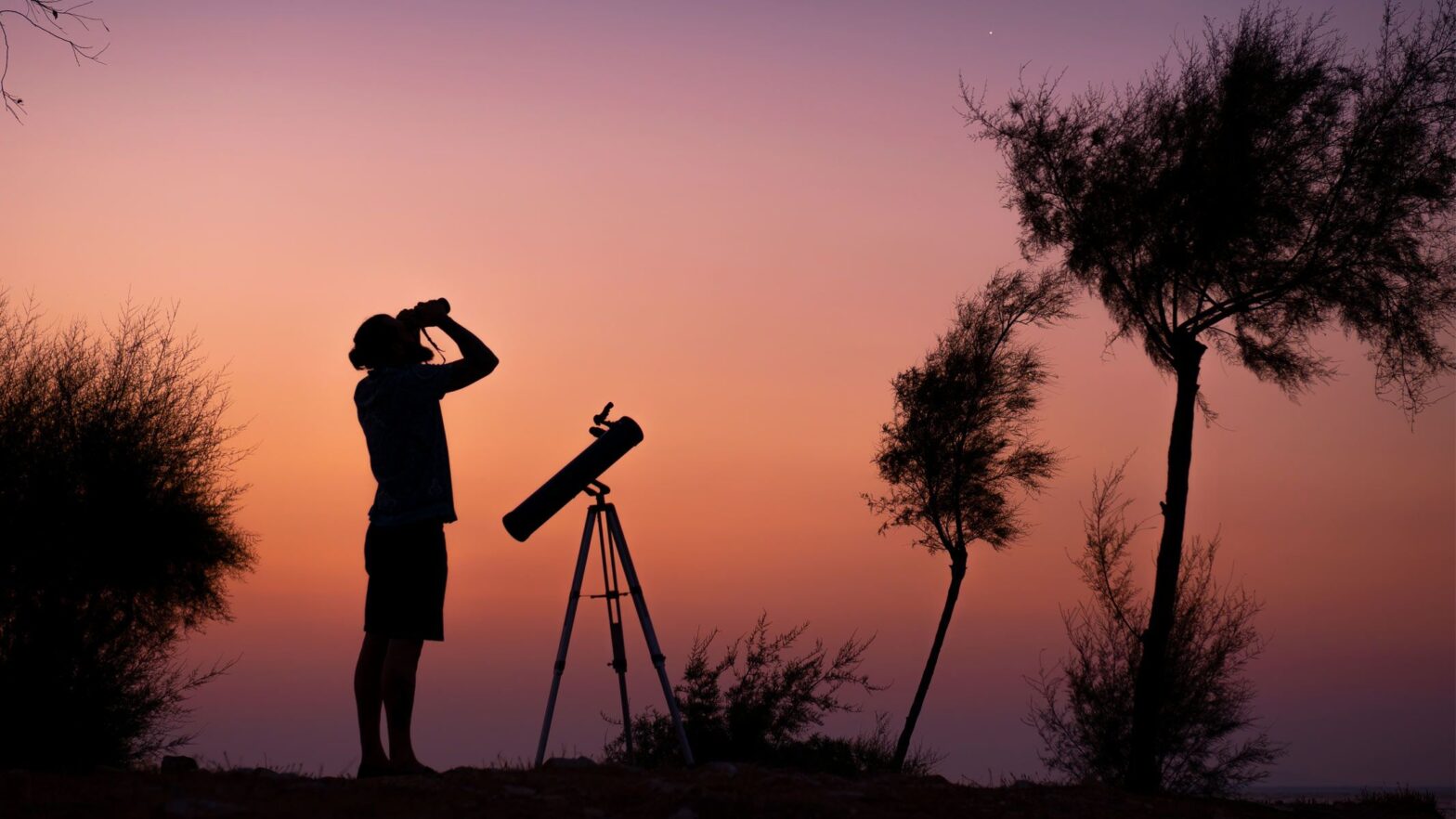Are you ready for a year of stargazing? Sky watchers will have a wealth of fascinating sights to see in late 2025 and throughout 2026, most notably a few eclipses – a full moon “blood moon” eclipse on March 3, 2026, followed by a total solar eclipse on August 12. For planet hunters, the year starts well with Jupiter's opposition on January 10, with the giant planet also involved in some close conjunctions with Venus (June 9) and Mars (November 16). Meanwhile, Saturn comes into opposition on October 4th. Add in a few big meteor showers peaking in dark skies—the Perseids and Geminids—and a supermoon on December 24, and it's looking like a year worth preparing for.
From a refractor and a smart scope for planets and the deep sky to the best binoculars for star clusters and eclipses—and even a lounge chair for meteor showers—these 10 tips will equip you for a year of skygazing.
Once you have all the equipment and an idea of what you want to see in the night sky, think about the sky, which needs to be dark and clear. For the darkest skies, choose moonless nights between the last quarter moon and a few days after the new moon, preferably with one Light pollution map to improve visibility – and don’t forget the weather forecast.
